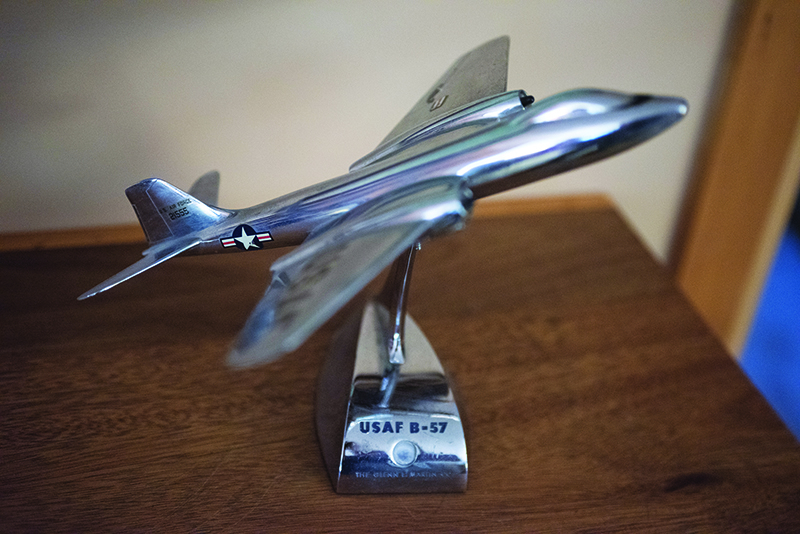Pilots Recollection of the Cold War
Text by Dwayne Nelson and Photography by Jesse Martinez
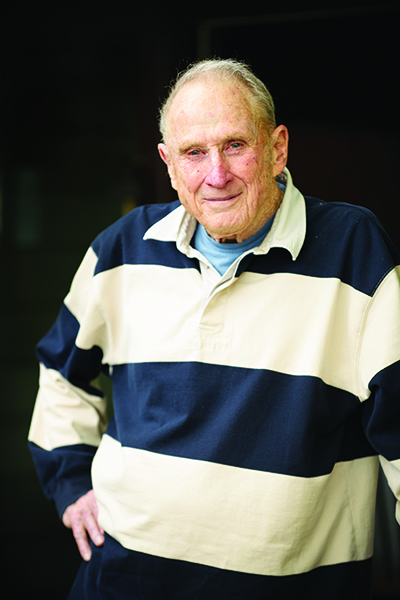
“As an officer I felt it was my obligation to serve our Country in Vietnam so I requested assignment to a highly classified operation.”
– retired Air Force Colonel, Lee Mongeon
Great Falls resident and retired Air Force Colonel, Lee Mongeon, spent most of his military career involved in helping to win that war. Lee grew up in Rhode Island and graduated from Rhode Island State College where he was a member of the ROTC. After graduation in 1952 he entered the Air Force and began a flying career which took him and his wife Terry to numerous places throughout the Country and abroad. In 1955, Mongeon was stationed in England as a B-45 pilot in the Air Force 47th Bomb Wing. This division operated under NATO and performed a little known capability at the time of carrying live nuclear weapons as another tool in the arsenal in case of a Soviet attack on Free Europe.
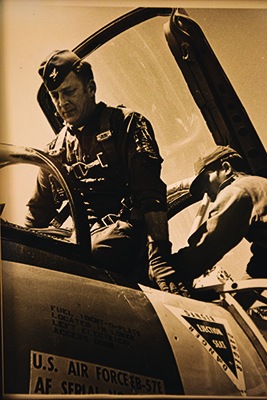
Lee preparing to strap in to the cockpit of a B-57.
“We always had planes on full alert and each plane carried one bomb.” Mongeon recalls. “We practiced loading the bomb all the time. We knew exactly how many minutes it took.”
In 1958 the U.S.A and the Soviets agreed to a moratorium on nuclear testing. However, in 1961 Nikita Khrushchev announced a unilateral end to the moratorium and the Soviets resumed atmospheric testing. President John F. Kennedy responded with an aggressive atmospheric testing program. These tests, known as Operation Dominic, primarily took place at Kitami Island, aka Christmas Island, in 1962 with a series of 31 nuclear detonations designed to test new weapons and the reliability of stockpiled weapons. Most of these were delivered by airplane and missiles and were air detonated. A major factor in the evaluation of this testing was obtaining samples from the resulting mushroom cloud.
Mongeon states, “The only way to accomplish this was to fly specially equipped airplanes directly into the mushroom.”
It took incredible pilots to fly these missions and Mongeon fit the bill. Minutes after the nuclear detonation, when the mushroom was in full bloom, Mongeon and other sampling pilots were guided by a nuclear scientist in another stand-off plane where samples were collected. The sampling planes would fly directly into the heart of the highly radioactive and physically volatile mushroom formation. After landing, Mongeon recalls being met by a forklift hoisting a platform alongside the cockpit.
“We had to carefully debark without touching the exterior of the plane because it was highly radioactive,” Mongeon states.
Once on the ground, they were immediately “scrubbed” down from head to toe until they passed a radioactive examination.
After completing USAF Survival School at Fairchild AFB and jungle survival school in the Philippines in 1969, Lee was stationed at Tan Son Nhut AFB near Saigon flying highly classified, low level, unarmed photo reconnaissance missions over Vietnam, Cambodia and Laos in RB-57s. These planes were equipped with the latest and most sophisticated aerial camera systems at the time. The reconnaissance pilots had a saying: “Unarmed, alone and unafraid”.
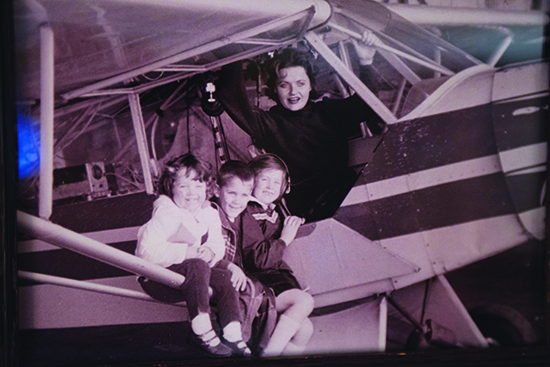
Lee’s wife Terry, also a pilot, with their three kids, two of which are currently pilots for United Airlines.
Mongeon says, “The last word was sometimes tentative”.
As military careers go, rotating missions and places, Lee and his family ended up back in the U.S. and were stationed at Malmstrom Air Force Base in 1973. He was the Commanding Officer of the 17th DSES equipped with interceptor electronically outfitted aircraft whose mission was to test the radar defenses of the United States.
After 26 years in the Air Force, Mongeon retired with his wife in Great Falls. While he is proud to have served his country he credits his wife as the essential element for his successful military career.
